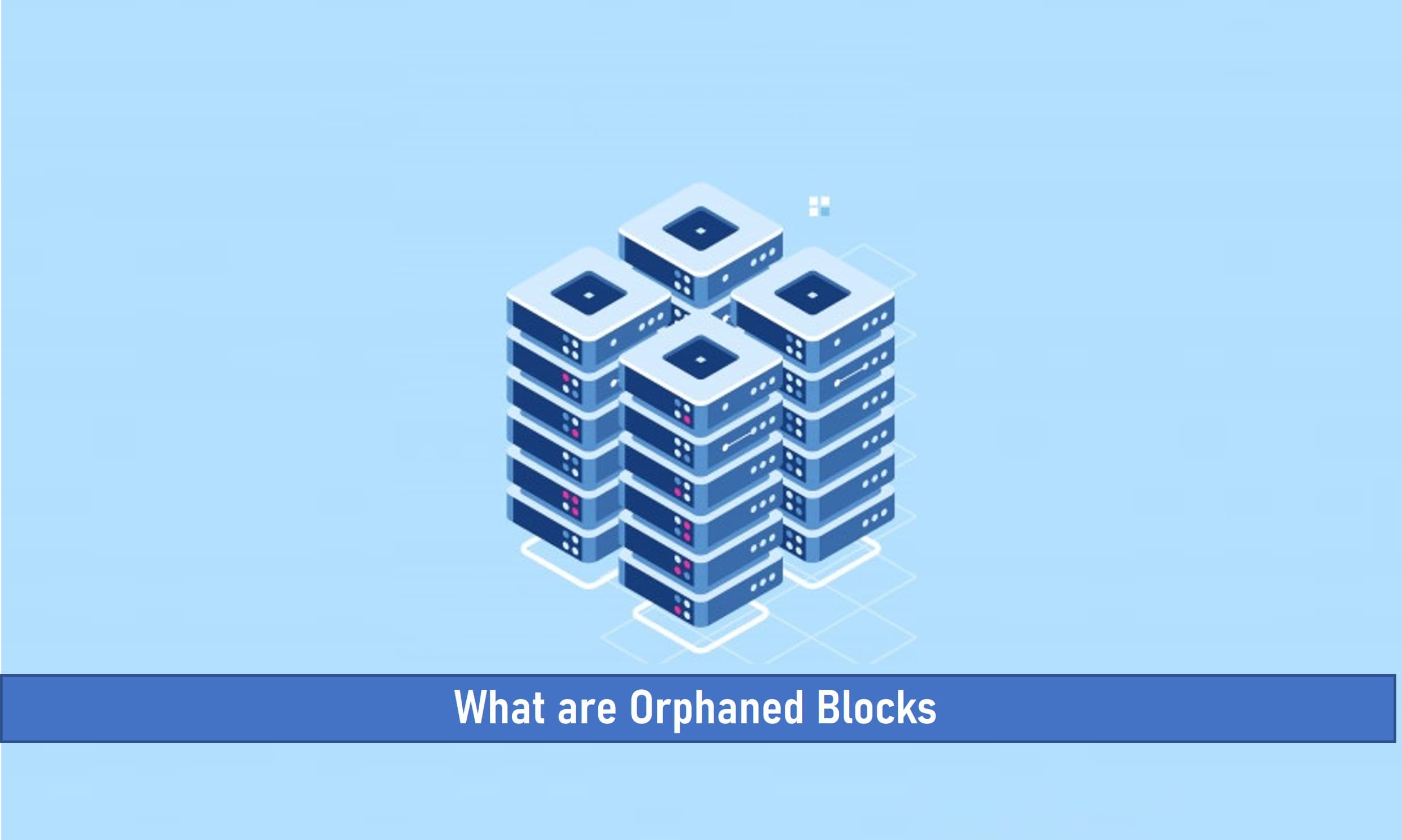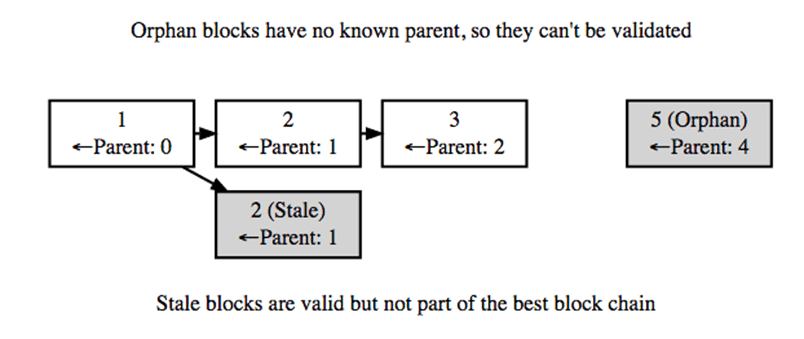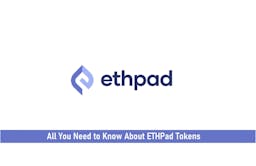
Orphaned blocks are valid blocks mined but not included as part of a blockchain.
The term “orphaned blocks,” also known as “detached blocks,” is created when two miners discover valid blocks where one block (block B) does more with the proof of work than the other (block A).
For this reason, block B is added to the blockchain and accepted by nodes to become a parent block. On the other hand, block A is considered to be invalid and, as such, discarded.

Key Takeaways
• The word “orphan” was given by miners to blocks that have no mining rewards.
• The orphan block pool is where orphaned blocks belong for some time after being discarded.
• The Bitcoin core software was the first to be associated with orphan block pools, although the chances of finding orphan blocks now appear to be quite slim with Bitcoin having since updated its core software.
• Orphan block transactions can only be verified if they are accepted and included in the following block in the blockchain.
The discarded block (block A) is then called an orphan block. Also, miners will not receive any rewards for this block, which justifies the process.
This article explores the history of orphaned blocks and the implications for blockchain development in the crypto space.
Orphan block explained
An orphan block is a block that has been discarded and not included as part of the blockchain from which miners earn no rewards.
The origin of orphaned blocks is initially tracked back to earlier iterations of the Bitcoin core software, where network nodes could receive blocks without being aware of their source.
With Bitcoin witnessing a major core update in 2015, the process of having a Bitcoin orphan block is no longer possible.
Today, orphaned blocks are still being used in the crypto space to classify mined blocks that have been discarded.
It is believed that the term “orphan” is used because miners usually use the term to describe blocks that are unable to yield mining rewards.
How are orphan blocks generated?
Miners are constantly mining new blocks, and for this reason, an orphan block can be generated when two different miners relay their valid blocks almost at the same time.
This causes the network to split into two competing versions of the blockchain until one of the blocks is discarded (the longest chain prevails while the other is abandoned).
Also, since the network is distributed, the transmission of information between nodes takes some time.
For this reason, there is a possibility that a group of nodes will choose to validate one block, while another group will choose to validate the other. Finally, this would cause one of the blocks to be “orphaned.”
Oftentimes, orphaned blocks are generated naturally and completely by chance, with only a few cases being a result of vindictive miners looking to create an alternate valid chain.
Where do orphaned blocks go when discarded?
Orphaned blocks do not enter the blockchain. Instead, they are temporarily stored in a pool called the orphan block pool. There they are shown as a list of orphan blocks that are not part of the blockchain.
It is important to mention that orphan blocks, which do not have a parent block, can be added to the blockchain later. This becomes clear once the predecessor block that gave rise to the orphan block is added.
Because of improved communication, orphaned or stale blocks are becoming increasingly rare.
This is likely because the largest mining pools now have low-latency communication channels in place.
What happens to orphan block transactions?
Approximately 95% of transactions in blocks mined nearly simultaneously are the same in both blocks, with only about 5% requiring a return to the mempool.
These transactions lack parental income sources at the time they are processed, typically have a lower transaction fee per byte than all other transactions, or have a larger size than other received transactions.
In addition, they join the orphan block waiting to be verified. That’s why lower fee transactions might take longer to be validated.
Once the parent transaction is received, they join the mempool, get validated, and are included in the next winning block available.
Final Thoughts
Orphan blocks are not included in the blockchain and are instead recorded in an orphan block pool.
With these blocks becoming quite rare these days, the chances that miners will generate them might be zero or close to zero.
Also, these blocks add no value to miners or the mining process which is why they need to be avoided.
Read More




